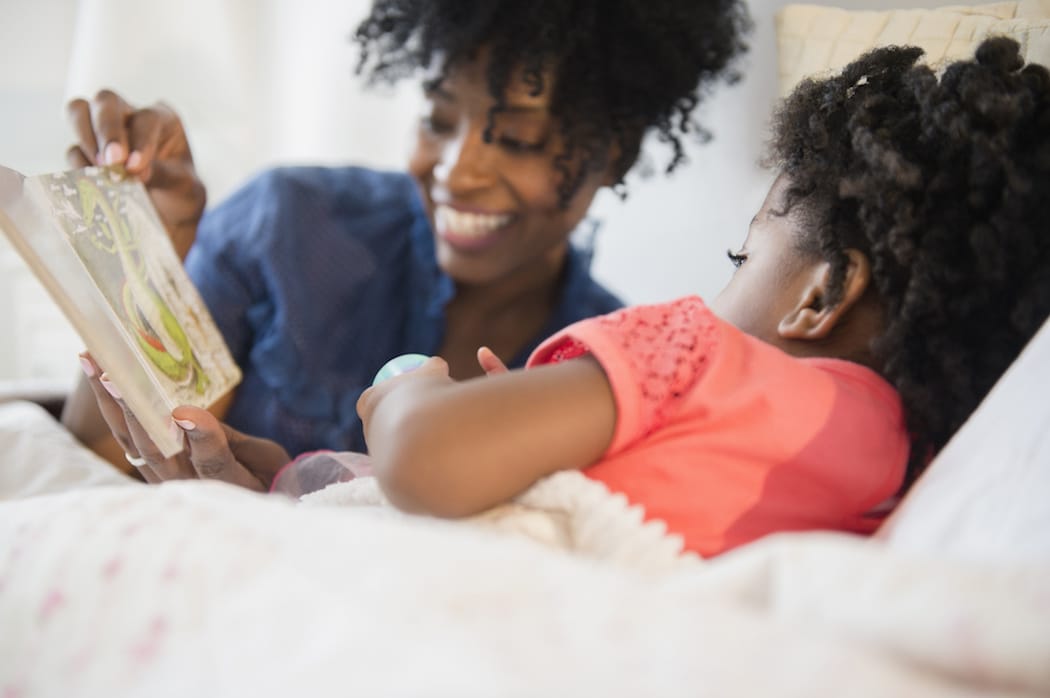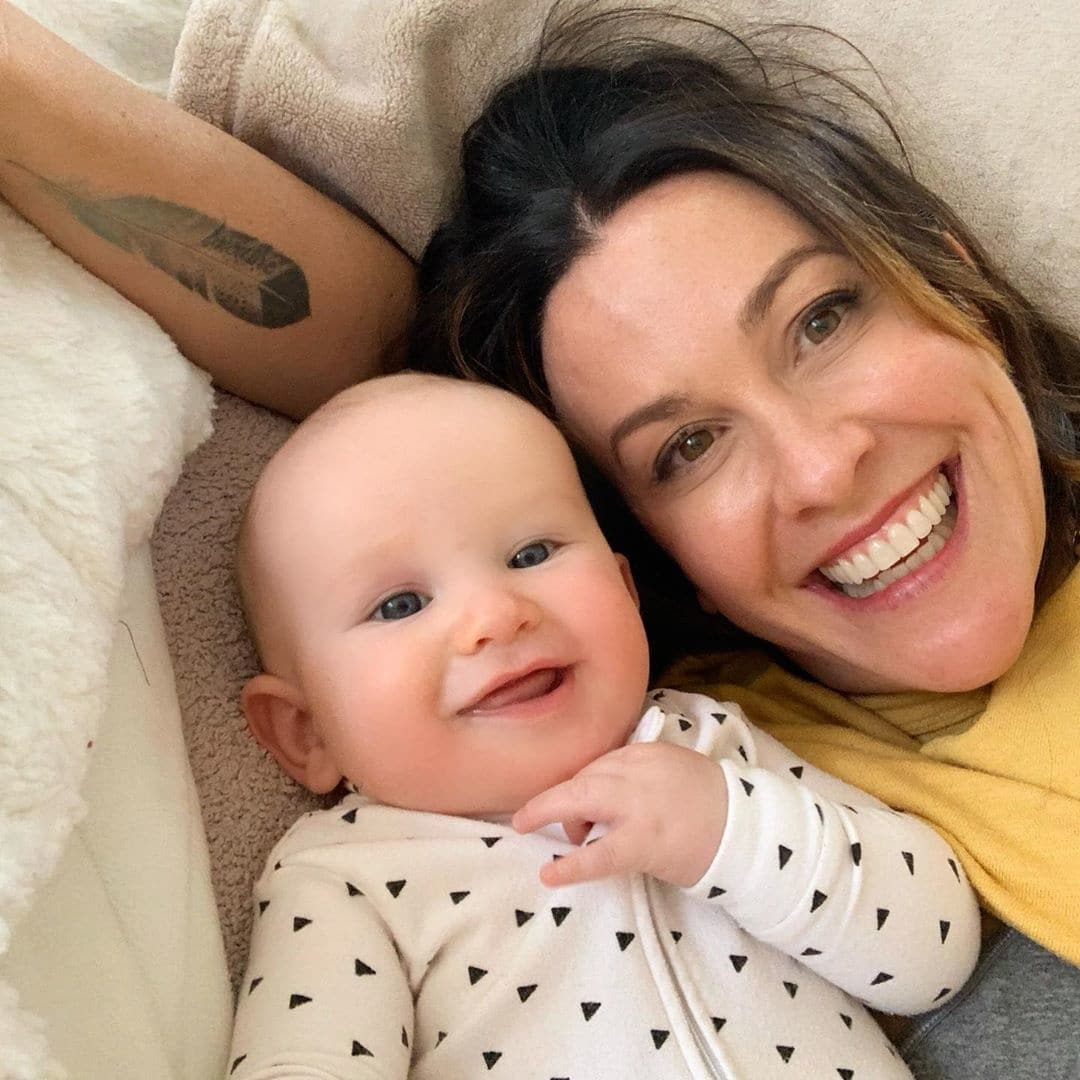It’s science: Picture books are best for little brains

It's called the Goldilocks effect.
In the era of handheld video and Audible subscriptions we have so many high tech things we can use to tell our kids stories.
There are so many options, and many parents are drawn to the convenience of tablet-based books, but researchers say old-fashioned picture books are still the best bet for little brains.
A study published this week in the journal Pediatrics found that parents and toddler interact and collaborate more when reading paper books than when reading e-books on a tablet. Researchers videotaped 37 parent-toddler pairs reading three types of books: Regular old print books, basic e-books and enhanced e-books with sound effects or animation. They found parents and tots “verbalized less” when reading together on a tablet, and recommend print to increase interactions.
This follows another study by researchers at the Cincinnati Children’s Hospital, that also found printed picture books to be better for preschoolers and parents.
The study’s authors exposed 27 children between 3 and 5 years old to Canadian author Robert Munsch’s classic stories in three different formats — as audio only, as a picture book with audio, and as an animated video — to find out what happens in their pre-kindergarten brains during these different kinds of story time.
“They had FMRI [functional magnetic resonance imaging scan, a way of measuring brain activity by detecting changes associated with blood flow] done where we presented them in the scanner about a five-minute story, strictly audio, followed by a rest and then a five-minute story that had illustrated pictures accompanying it, followed by a rest and then a fully animated story for five minutes,” the study’s lead author Dr. John Hutton, a pediatrician and clinical researcher at the Cincinnati Children’s Hospital, told CBC’s As It Happens.
According to Hutton, the results were right out of a kid’s story. He calls it ‘the Goldilocks effect.’
“In audio format, it seemed like the language network was having to work a little bit harder to keep up with the story and to really figure out what was going on, and there wasn’t as much involvement of the visual networks,” he explains. “The imagery network was definitely engaged but … the way it looked was that the brain was having to work a little harder to figure out what was going on in the story.”
According to Hutton, this is because preschool kids minds just don’t have access to as many images because they haven’t seen a lot of the world yet. When they hear something being described without seeing a picture of it, their little brains were busy trying to figure out what a word means. Hutton says, for this reason, audio only is “too cold” for little kids.
“In the illustrated version, which we described as just right, there was a really nice balanced integration of the visual networks and the default mode network and the language networks. They were off they all seemed to be cooperating a lot more,” he says. “If you have a picture, that gives the child something to start with and then they bring their imagination into play and they could bring the story to life in their mind.”
The animated cartoons, Hutton says, were “too hot,” and the networks were disconnected. “In the animated format, it was like everything kind of came apart,” he explains, noting that kids’ brain networks develop gradually and in order to reinforce the connection they need practice. The video format is just too much at once.
“There were anywhere from about 20 to 82% decrease in the connections between the different brain networks, where really the visual network was doing its thing, [the] language network was doing its thing but they weren’t really integrated.”
He worries too much exposure to video stories might make kids less likely to like books when they move from picture books to chapters. “Possibly kids that have too much exposure to the animated content when they’re young could underdevelop those networks and, as a consequence, not be as engaged during stories later on and they become somewhat addicted to just having the content fed to them.”
The lesson for parents is that technology is great, but it can’t replace the experience kids get sharing a picture book with mom or dad. Like Goldilocks says, that’s just right.
[A version of this post was originally published May 31, 2018. It has been updated.]


































